Gates can be made of various materials such as wood, iron, or steel. They are used with walls or a fence around the house or just as a decorative object sometimes.
A fence gate can be custom made to synchronize with the fence and the house. They are usually made in standard sizes depending on the various uses they are put to. Hence the measurement is dependent on the placement and purpose.
The gate needs to be a little wider than the driveway entrance. American driveways are between 9 and 24 feet wide on average. So, if the driveway is about eight feet, a ten-foot gate is ideal.
If it is about 11feet, then a 12 feet gate would suffice.
Here are a Few Suggested Sizes
- A lesser than 9 feet driveway width can have a 10-foot gate.
- For a driveway between 9′ 7″ to 11′ 9″ width, a 12″ gate is appropriate.
- An 11′ 10″ to 13′ 9″ driveway will need at least a 14 feet wide gate
- A driveway width of 13′ 10″ to 15′ 9″ would require a 16″ gate.
Although the gate sizes are average between 10-12 feet, the types of vehicles passing through the gate should be considered.
The approach to the drive is also of importance. If the drive is straight, a smaller gate is sufficient. In the case of angulation or a sharp curve, a double and wider gate would be needed.
One thing that must be kept in mind while choosing a gate is, the bigger the gate, the larger the budget, and the maintenance.
Although gates can be custom made to fit your preferences, they also come in standard sizes that can be utilized in any home.
The front and back gates are usually for pedestrians and are not meant for cars or larger vehicles. They are between 3 to 4 feet wide. The manufactured gates are usually 4- 5 feet.
Swing gates can be composed of one large gate or two gates that connect to open and close. They are apt for vehicles to come and go. As they involve the passage of vehicles, they are usually 14 feet or more in width. They are also taller than the pedestrian gates.
A Few Questions That Can Help Deciding the Size of the Gate Are:
- What do you need to fit through the gate?
- Is there a need to get a vehicle into your backyard?
- How complete is your mower deck?
- What do you expect to use the gates for?
One May Also Consider Are
- Do you plan to get a lawnmower in the future?
- Will you need the gate to access a door that you may move furniture through?
- What if you need to have work done in the backyard? Like a truck for the septic tank
- Will you be building anything in the fenced area? Like a barn or a garage?
Answering these questions will make sure you will not have to alter the gates and, therefore, the fence in the future.
Here are Some Standard Sizes of Gates and Their Purpose
- 3′ is the smallest is the pedestrian gate that will not be used for vehicles
- 4′ is a standard opening that is good for walking through and fits most push mowers
- 5′ and 6′ good for getting most mowers. A 6′ gate can be a single swing gate or as a double gate 2-3 ‘ gates
- 10′ will fit most standard vehicles – i.e., cars, pickup trucks, jeeps, etc.
- 12′ and larger will fit larger vehicles, farm equipment, trailers, etc.
Once the gate width has been decided, the confusion is regarding a single or a double gate.
- A single 10- 12-foot gate will require a complete 10-12-foot clearance to open out.
- Two units of 6feet will be more aesthetic, and the problem of clearance is absent.
- A single gate may reduce the cost compared to the double gates but need a more robust and more massive post to bear its weight.
All the factors above may help you decide the ideal width for a fence gate.

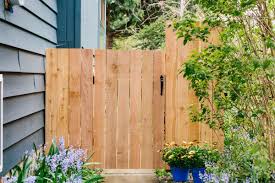
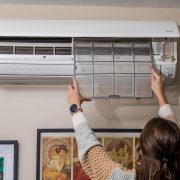





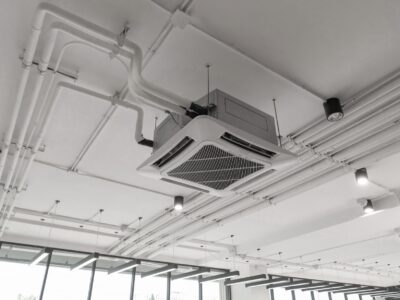
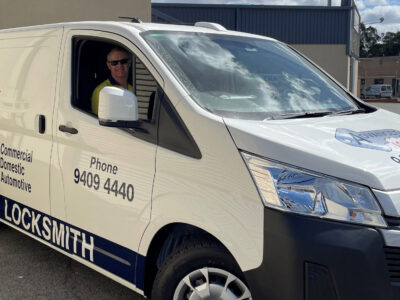


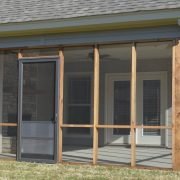
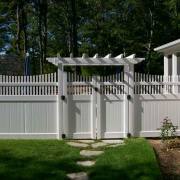
[…] you want extra privacy, you might want to consider adding frosted windows in your home or to the enclosed patio. While this is a fantastic choice, it can be costly. However, a less expensive technique can be used […]
[…] you want extra privacy, you might want to consider adding frosted windows in your home or to the enclosed patio. While this is a fantastic choice, it can be costly. However, a less expensive technique can be used […]